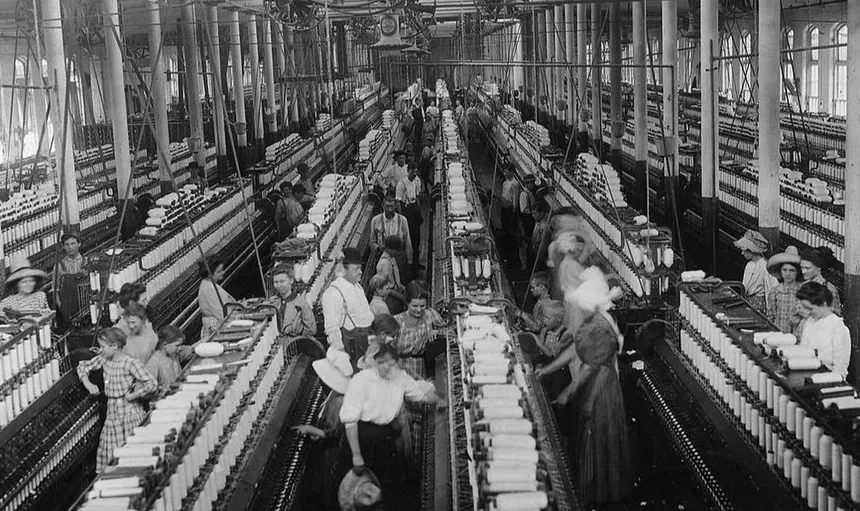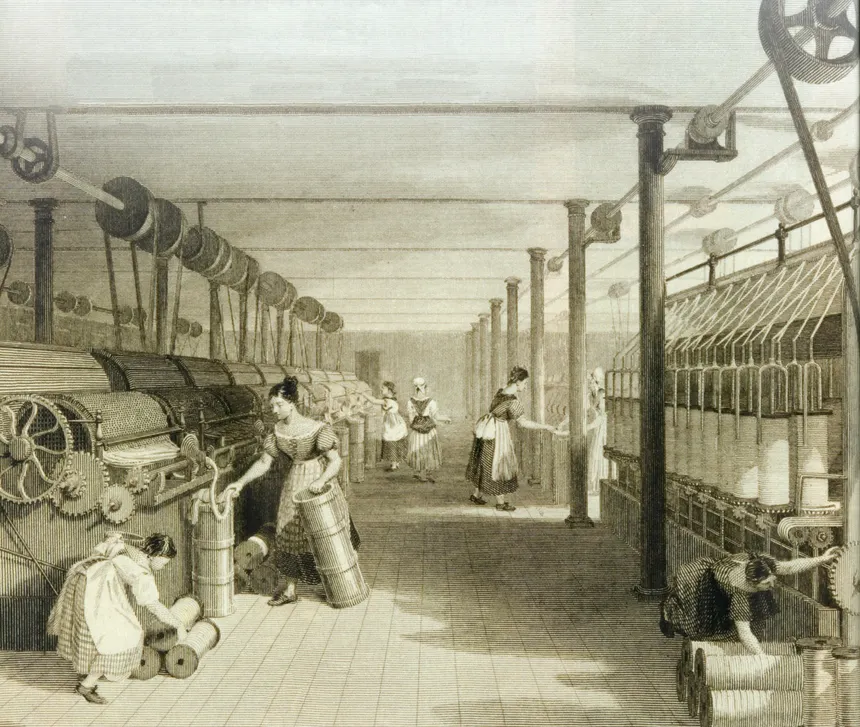“From Family to Factory: The Transformative Journey of Women’s Lives During the Industrial Revolution”

The Industrial Revolution, spanning roughly from the late 18th to the mid-19th century, was a period of profound economic, social, and technological change that reshaped societies across Britain and eventually the world. One of the most significant but often overlooked aspects of this era was the dramatic transformation in women’s roles—from predominantly domestic caretakers within family units to key contributors in factories and industrial workplaces. This shift challenged traditional gender roles, impacted family dynamics, and laid early groundwork for women’s evolving status in society.
The Pre-Industrial Role of Women
Before industrialization, most women’s lives were centered around the home and rural economies:
- Domestic Responsibilities: Women managed households, cared for children, prepared food, spun yarn, wove cloth, and tended gardens or small livestock.
- Agricultural Work: In rural areas, women often worked alongside men in farming tasks, though their labor was typically unpaid and unrecognized.
- Cottage Industries: Many women participated in home-based production like weaving, knitting, and other handicrafts that contributed to family incomes.
This work was physically demanding but flexible, integrated into daily life, and controlled by the rhythms of family and community.
Industrial Revolution and the Shift to Factory Work
The rise of mechanized production in factories introduced new work environments, demands, and social challenges:
- Factory Employment: Textile mills, coal mines, and other industries increasingly employed women and children due to their perceived dexterity and willingness to accept lower wages than men.
- Types of Work: Women operated spinning machines, looms, and did assembly line tasks. Jobs ranged from relatively skilled work in textiles to physically demanding and dangerous roles in mining and manufacturing.
- Work Conditions: Factory work was often grueling, involving long hours (12–16 hours daily), repetitive tasks, poor ventilation, and exposure to hazardous materials.

Impact on Family and Social Life
Women’s shift into factory work had profound consequences on family structures and societal expectations:
- Economic Contribution: Women’s wages, though low, became vital to family survival, particularly among the working classes.
- Changing Family Roles: The traditional model of the male breadwinner and female homemaker began to erode as women spent more time outside the home.
- Childcare Challenges: With mothers working long hours, childcare became a pressing issue; many children also worked in factories, creating complex family dynamics.
- Social Stigma: Working-class women faced criticism from middle and upper classes who viewed factory work as morally degrading or unsuitable for “respectable” women.
Women’s Resistance and Organization
Despite hardships, women workers often displayed resilience and collective action:
- Labor Strikes: Women participated in early industrial strikes demanding better wages, safer conditions, and shorter hours. Notable strikes include the 1831 Lancashire weavers’ strike.
- Mutual Aid Societies: Women formed groups to support each other through sickness, unemployment, or injury.
- Early Feminist Movements: Industrialization indirectly fueled campaigns for women’s rights, including education, suffrage, and labor protections.
Middle- and Upper-Class Women During Industrialization
While working-class women toiled in factories, middle- and upper-class women experienced different changes:
- Domestic Ideals: The Victorian ideal of the “angel in the house” emphasized women as moral guardians and homemakers, reinforcing gender roles for wealthier families.
- Philanthropy and Reform: Many middle-class women engaged in charitable work and social reform movements addressing industrial poverty, education, and health.
- Education Access: Gradual expansion of educational opportunities allowed some women to pursue intellectual and professional ambitions.
Long-Term Legacy of Women’s Industrial Work
The Industrial Revolution’s impact on women extended beyond immediate economic changes:
- Foundation for Labor Rights: Women’s factory experiences highlighted the need for labor laws and protections, leading to legislation like the Factory Acts.
- Social Mobility: Industrial work offered some women financial independence and mobility previously unavailable.
- Changing Gender Norms: The necessity of women’s labor challenged rigid Victorian gender ideologies and contributed to the evolving discourse on women’s roles.
- Urbanization and Community: Factory towns created new social networks and opportunities for women’s engagement beyond family life.
Conclusion
The transition from family-centered work to factory labor marked a critical turning point in women’s history. While the Industrial Revolution imposed harsh conditions and social challenges, it also fostered resilience, solidarity, and early demands for rights that would echo through subsequent generations. Understanding this complex chapter reveals how economic transformation reshaped not only industries but the very fabric of society, setting the stage for modern discussions about gender, work, and equality.




